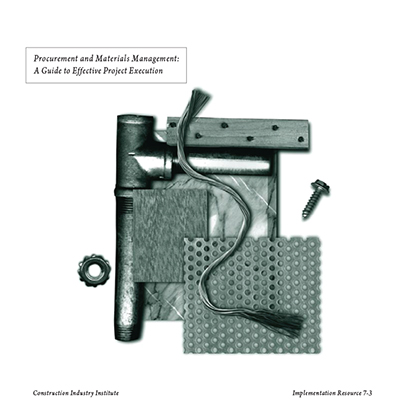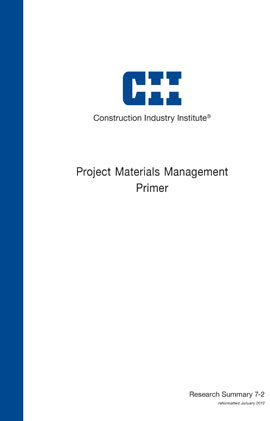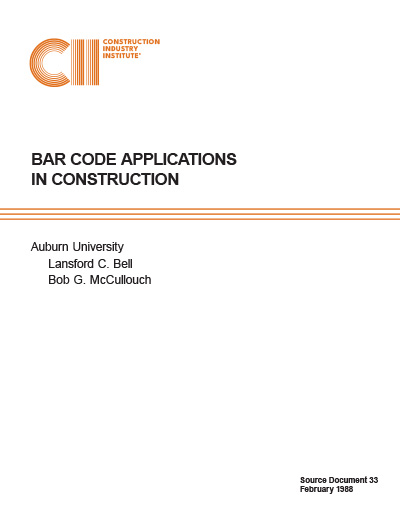
Attributes of Materials Management Systems
In the last decade there have been substantial national efforts to achieve two major goals:
- Improve labor productivity
- Achieve more cost effective materials management in manufacturing
These endeavors are helping U.S. firms become more competitive. Progressive companies and industries are using state of the art technology and modern management techniques to improve their long term competitive position, not only in the U.S., but also in the world.
Construction materials and equipment, which comprise 50-60% of the cost of a project, have received little attention, either as a contributor to productivity, or as a resource which needs to be more efficiently managed. Materials Management suffers from “benign neglect” until major problems develop in materials delivery, impacting the schedule.
The Business Roundtable Construction Industry Cost Effectiveness Project (CICEP) conservatively estimated that labor productivity gains of 6% were possible, and surplus reductions of 1.8% could be made through better materials management. These estimates were a first step in revealing the potential improvements in this area. These estimates indicate that managers must rethink the role that materials can play in revitalizing productivity and in reducing costs.
Progress in managing materials has been slow for several reasons:
- Improvements involve time and money which are scarce in today’s competitive market.
- The industry has tended to focus its attention on improvements in work methods and labor efficiency, under the tacit assumption that materials will be on hand when and where required.
- To justify the expenditures there has to be some means of measuring comparative performance; that is, some set of attributes or standards for the industry.
Construction materials management comprises the integrated functions of materials takeoff, purchasing, quality management, expediting, shipping, receiving, warehousing, and issue. When these functions are not properly managed individually and collectively, shortages and surpluses occur. More importantly, costly labor delays result when the required quantity or quality of materials are not on hand when needed. In order to achieve a smooth, timely, efficient flow of materials, all parts of the system must function well; this means that there must be early emphasis on good planning and excellent communications, especially between owner, design engineer, and contractor.
Attributes are characteristics which serve as a qualitative scale for deciding whether one company’s system is preferable to another’s. This report is the result of a study to determine such attributes of materials management in construction. This report also provides some important findings about the state of the art and trends in materials management that were not discussed in the Business Roundtable CICEP.
Included in this report are the list and discussion of attributes and other significant findings of the Construction Industry Institute Materials Management Task Force. The entire committee has actively supported this study, through contacts with knowledgeable individuals in their companies and by contributing their own experience and time.
The studies of the Materials Management Task Force support the objectives of the Construction Industry Institute. This report and future efforts are designed to bring information on materials management to the entire industry. The Task Force plans another study phase to demonstrate the value of carrying out improvements in materials management. When these studies are completed there will still have to be programs to educate owners, engineers, and contractors on the procedures for managing materials properly.
Materials Management encompasses more than just acquiring goods and services. Materials Management deals more importantly with the planning and controlling of all steps necessary to insure that the objectives of price, quality, and quantity are met when and where required. The recommended goals of Materials Management are:
- Obtaining the best value for purchased materials
- Assuring supplies are on hand when and where required
- Reducing inventory to the lowest amount required
- Assuring quality requirements are met
- Providing efficient low cost movement of supplies to the site and within site storage (SD-1, p. 3)



